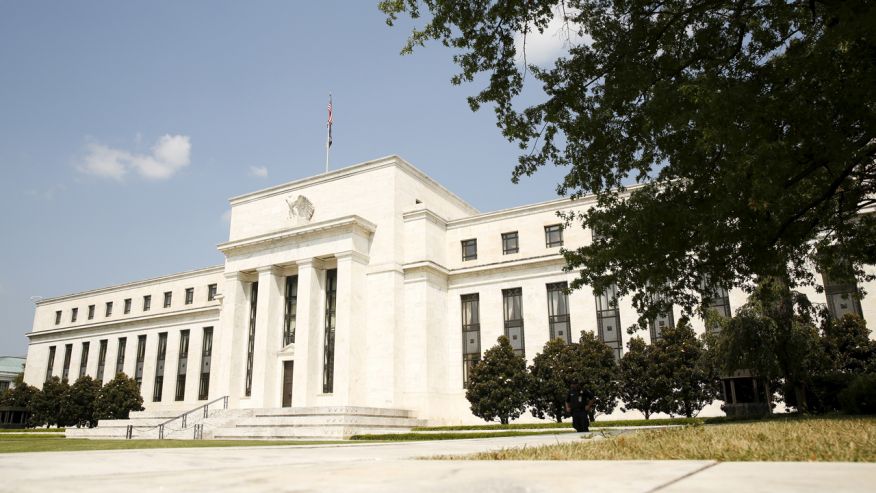The new rules would allow for emergency lending only in the event of "broad-based" systemic issues affecting a number of banks rather than tailoring emergency loans to the individual needs of a single failing bank. Under the new rules, at least five banks would have to be impacted and in need of emergency loans for the Fed to step in.
The changes stem from legislation passed in 2010 under the sweeping Dodd-Frank banking reform bill, which was created in an effort to ward off another financial crisis and to avoid another massive taxpayer financed bailout of the financial industry.
Under Dodd-Frank the Fed was prohibited from lending to 'insolvent' banks, and the new rules approved Monday provide a broader definition of 'insolvent.' Under the new rules, the Fed couldn't lend money to any bank that had failed to pay "undisputed debts" in the past 90 days.
The overriding principle behind the new rules is to still allow the Fed to step in and help out struggling banks in the event of an emergency, but to put in place measures that discourage executives at "too big to fail" banks from taking on too much risk because they know the government will bail them out.
The latter circumstance is known as "moral hazard," and broad segments of the public and many politicians insisted that it be addressed in reforms established in the wake of the 2008 crisis.
The feeling at the time was that executives at so-called 'too big to fail' banks knew the government would have to bail them out so they cavalierly took on dangerous amounts of risk in order to increase their firms' profits and their own paychecks in the process.
Fed Governor Daniel Tarullo at Monday's meeting said the new rules address "a longstanding tension of confronting moral hazard with wanting to retain flexibility," Reuters reported. The rules were approved unanimously by the Fed board.
Comment: Of course it was approved since nothing really changed.
At least one influential member of Congress said Monday that the new limits don't go far enough.
"Five years after Dodd-Frank became law, 'too big to fail' is unfortunately alive and well and this rule from the Federal Reserve doesn't change that," Congressman Jeb Hensarling (R-Texas) said in a statement. "Indeed, by leaving the door wide open to future taxpayer-funded bailouts, this final rule compounds the moral hazard problem that lies at the core of 'too big to fail.'"
Hensarling is the chair of House Financial Services Committee.
The new rules also incorporate the requirement in Dodd-Frank that all emergency lending programs have to be approved by the Secretary of the Treasury. In addition, the Fed board must still find that "unusual and exigent circumstances" exist as a pre-condition to authorizing emergency credit programs, the Fed said in a statement.
"Emergency lending is a critical tool that can be used in times of crisis to help mitigate extraordinary pressures in financial markets that would otherwise have severe adverse consequences for households, businesses, and the U.S. economy," said Fed Chair Janet L. Yellen in the statement.
As credit markets froze up in 2008 following the collapse of the U.S. housing market, several huge lenders and financial institutions including Bear Stearns, AIG (NYSE: AIG) and Citigroup (NYSE: C) teetered on brink of collapse, prompting the Fed to open its little-used "emergency lending window."
The move may have averted a much larger crisis but critics have argued that the big banks were bailed out by the government despite their risky behaviors bringing on the crisis in the first place. Meanwhile, millions of Americans lost their homes to foreclosure or were laid off during the worst financial crisis since the Great Depression.




Comment: This change in wording of requiring five banks to fail doesn't change anything. There were more than five banks in trouble in the last financial crises of 2008.